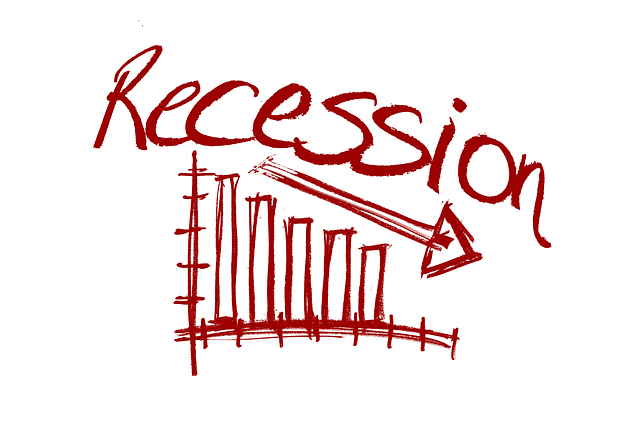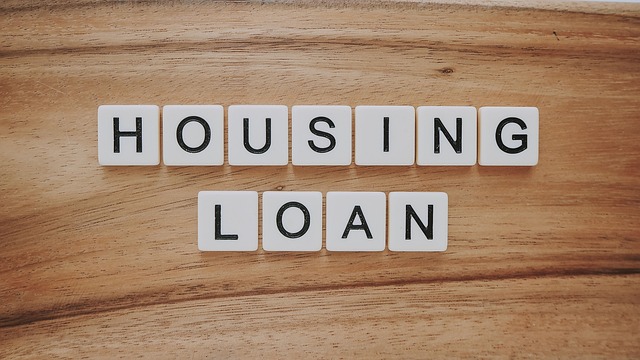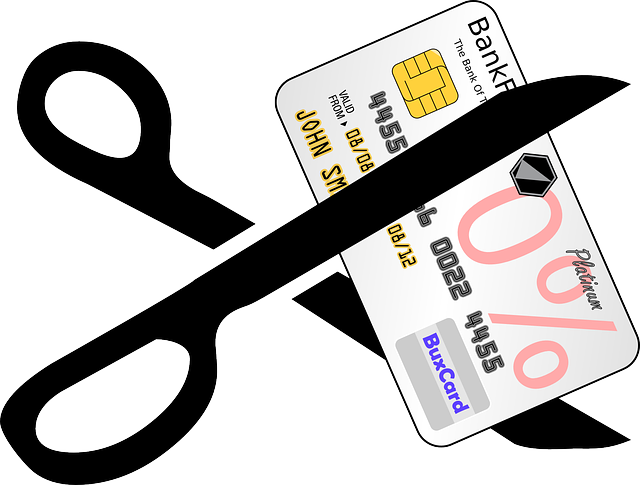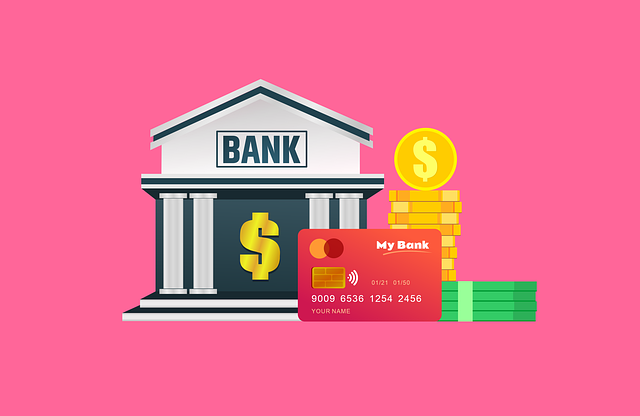Graduates burdened by student loan debt can find relief through Loan Consolidation Options, which simplify repayment and lower rates. Financial Crisis Solutions include Debt Reduction Plans (like income-driven repayment), Emergency Debt Assistance programs, and Debt Settlement Initiatives for significant debt reduction. By exploring these options strategically, individuals regain control over their finances, moving towards economic stability and breaking free from loan stress.
Tired of feeling overwhelmed by student loan debt? You’re not alone. Many graduates struggle with this modern-day financial burden. This article guides you through a comprehensive approach to break free from loan debt stress. We’ll first help you understand and assess your unique situation using tools like Loan Consolidation Options for streamlined repayment. Then, explore Financial Crisis Solutions including emergency debt assistance programs and long-term relief strategies. Finally, discover Effective Debt Reduction Plans for a practical path to financial freedom from student loans debt.
- Understanding Your Student Loan Debt Situation: Assessing the Scope of the Problem
- Loan Consolidation Options: Streamlining and Simplifying Repayment
- Financial Crisis Solutions: Strategies for Emergent Debt Assistance and Long-Term Relief
- Effective Debt Reduction Plans: Practical Steps Towards Freedom from Loans
Understanding Your Student Loan Debt Situation: Assessing the Scope of the Problem

Many graduates enter the real world burdened by student loan debt, feeling trapped in a financial crisis with no clear way out. Understanding your specific situation is the first step to breaking free from this stress. Loan consolidation options provide a strategic approach to managing multiple loans by combining them into one, often with lower interest rates and more manageable monthly payments. This simplifies repayment and reduces the emotional strain of juggling numerous debts.
Financial crisis solutions vary depending on individual circumstances, but debt reduction plans are essential tools. Emergency debt assistance programs and settlement initiatives can also help those in dire straits. These options involve negotiating with lenders or enrolling in government-backed programs designed to alleviate financial burdens. By exploring these avenues, individuals can take control of their financial future, move past the immediate debt crisis, and embark on a path toward economic stability.
Loan Consolidation Options: Streamlining and Simplifying Repayment

Struggling with multiple student loans? Loan consolidation options could be a powerful tool to simplify your repayment process and ease the stress of managing various debts. This strategy involves combining several loans into one, offering potential benefits such as lower interest rates and reduced monthly payments. By consolidating, borrowers can streamline their financial obligations and gain better control over their finances during challenging times.
There are different loan consolidation options available, each tailored to specific needs. For instance, direct consolidation loans allow individuals to merge federal student loans into a single loan with a fixed interest rate. Private student loan consolidation programs also exist, providing an opportunity for borrowers to refinance and potentially save on interest. These financial crisis solutions can be especially beneficial for those seeking emergency debt assistance or considering debt settlement programs. With the right approach, managing student loan debt could become less daunting, paving the way for a more secure financial future.
Financial Crisis Solutions: Strategies for Emergent Debt Assistance and Long-Term Relief

Many graduates find themselves overwhelmed by their student loan debts, leading to a significant financial crisis. However, there are several strategic solutions and tools available to help manage and alleviate this burden. One effective approach is loan consolidation options, which bundle multiple loans into one with potentially lower interest rates, making repayment more manageable. This simplifies the process and can result in substantial savings over time.
Financial crisis solutions also include debt reduction plans tailored to individual circumstances. These may involve enrolling in income-driven repayment programs or exploring debt settlement programs that negotiate with lenders for a lower payoff amount. Such initiatives provide emergency debt assistance as an immediate relief measure while paving the way for long-term strategies, ensuring graduates can break free from loan debt stress and regain financial control.
Effective Debt Reduction Plans: Practical Steps Towards Freedom from Loans

Breaking free from student loan debt stress requires a strategic approach, and implementing effective debt reduction plans can provide much-needed relief. One popular strategy is loan consolidation options, which bundle multiple loans into a single, more manageable payment with potentially lower interest rates. This simplifies repayment and reduces the overall cost of borrowing. For those facing financial crises, exploring government-backed debt settlement programs or emergency debt assistance can offer relief through reduced payments or even partial forgiveness.
Additionally, debt reduction plans such as the debt snowball method (paying off debts from the smallest to largest) or the debt avalanche method (focusing on high-interest debts first) provide structured frameworks for repayment. These methods not only reduce stress but also instill a sense of financial control. It’s crucial to research and compare loans debt consolidation services, ensuring transparency and fairness in terms and conditions before committing to a plan that suits your financial situation.







